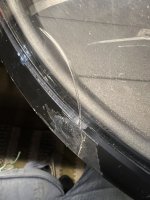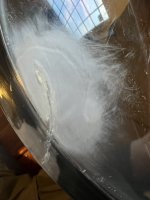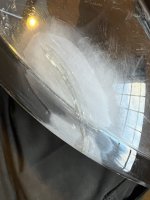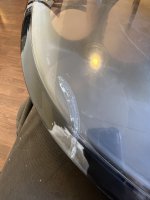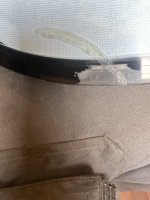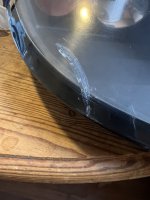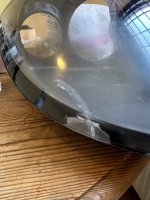I would like to repair a crack in the plastic headlight cover on the b-95... Anyone done it, preferably with ease, and great success? If so, please do share 
Assuming the material is polycarbonate(?), it is claimed:
best option methyl methacrylate - difficult to source
cyanoacrylate (superglue) - may cloud, bond not to be "submerge"-d
epoxy, slightly stronger than Superglue, but UV-sensitive will yellow
polyurethane, only semi-transparent
Source:
Enviously looking at the windshield repair kits (I know, they're not for plastics (actually e-mailed a supplier (in case they had forgotten to mention it(!))))...
Thanks,
tjr
Assuming the material is polycarbonate(?), it is claimed:
best option methyl methacrylate - difficult to source
cyanoacrylate (superglue) - may cloud, bond not to be "submerge"-d
epoxy, slightly stronger than Superglue, but UV-sensitive will yellow
polyurethane, only semi-transparent
Source:
Enviously looking at the windshield repair kits (I know, they're not for plastics (actually e-mailed a supplier (in case they had forgotten to mention it(!))))...
Thanks,
tjr


